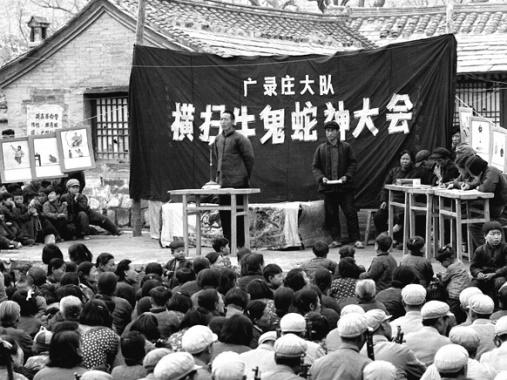
In 1966, the Chinese Communist Party (CCP) launched an extensive political crackdown in Inner Mongolia, claiming to uncover a secret resistance group called the “Inner Mongolian People’s Party” (内人党, Neirendang). This so-called underground separatist organization was mostly fictitious—but it became the pretext for one of the most brutal ethnic persecutions in Mao-era China.
Between 1966 and 1969, over 350,000 people—mostly ethnic Mongolians—were persecuted. Many were accused of being “nationalists,” “splittists,” or spies. Entire families were labeled enemies of the revolution. Even people with no political background were swept up simply for having a Mongolian surname or speaking the language.
The campaign was not just political—it was violently physical. Mongolians were subject to horrifying torture techniques: electric shocks, beatings, branding with hot irons, and sleep deprivation. Many were forced to denounce their heritage, speak only Chinese, and renounce any link to Mongolian culture.
At least 16,000 people were killed, though independent estimates suggest the number could be much higher. Thousands more were permanently injured or driven to suicide. Schools and institutions that had previously taught in Mongolian were shut down or “Sinicized.” Traditional Mongolian customs, clothing, and music were suppressed.
Just like in Tibet and Xinjiang, the Chinese state used ideological campaigns to destroy non-Han identities. But in Inner Mongolia, the repression was disguised under the concept of “class struggle” rather than open ethnic suppression—making it easier to deny.
Books written in Mongolian were burned. Language education shifted toward Mandarin. Temples, monuments, and tombs were desecrated. Even place names were changed to erase traces of Mongolian history.
Despite the risks, some Mongolians resisted. They protected cultural relics in secret, taught children the language at home, and quietly passed on oral traditions. But the trauma of the repression, combined with decades of censorship, left deep scars. Even today, many survivors are afraid to speak publicly.
Officially, the CCP acknowledged the campaign as a “mistake” in the early 1980s, but no meaningful accountability followed. Many perpetrators remained in power. Meanwhile, state-led “ethnic harmony” initiatives continued to assimilate Mongolian communities into Han Chinese norms.
Understanding what happened in Inner Mongolia during the Cultural Revolution is essential to grasping the broader pattern of China’s ethnic policies. What started as a political purge quickly morphed into a campaign of cultural genocide.
It echoes in today’s policies—from forced Mandarin education in Mongolian schools to the surveillance of “separatist” ideas. The story of Inner Mongolia serves as a painful reminder: repression often wears many masks—sometimes under the name of “unity,” “development,” or even “reform.”
The silence around these events isn’t accidental—it’s imposed. But history, no matter how deeply buried, deserves to be remembered.